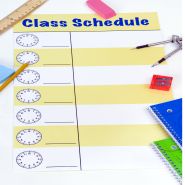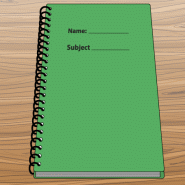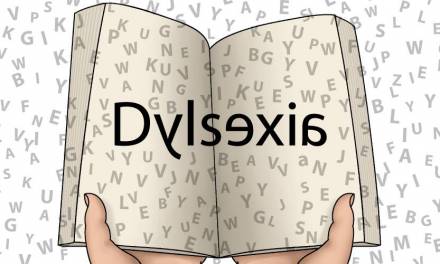Although we may not be able to control internal barriers, we would like to discuss the ways in which we can combat factors within our control on a day to day basis with our 5 top strategies for overcoming external barriers to learning:
1. Use routines in your lesson planning
Routines will help in so many ways. They reduce stress levels in pupils on the Autistic Spectrum. They provide containment and structure for pupils with ADHD or social issues. They speed up your planning because you will know what type of task you are doing and when ahead of time: everyone’s a winner!
You may choose to have specific types of lessons on specific days, or to have a bank of structures that you draw on, which can be signposted to the class either ahead of time or at the start of the lesson. Find the system that suits you and your group(s).
2. Make Comic Sans your standard font
It really is the easiest font to decipher if you have dyslexia, so as much as you might enjoy creating interesting-looking PowerPoint slides or just have an innate dislike of the much maligned font, use it for all your worksheets and other text based resources.
No pupil is singled out with an alternative resource and you don’t have to double your efforts.
3. Add images to your text-based prompts
They will assist any pupil with speech and language issues, dyslexia or any other literacy issue, as well as inspiring the class members who don’t need the prompt, but will still appreciate it. Bing image search is particularly powerful but don’t dismiss clip art either.
4. Swap to cream or pale yellow paper
Pupils with dyslexia, dyscalculia and visual stress issues all benefit from having a cream colour behind the type. It reduces strain on the eyes as they read and increases the length of time they can read for, as well as speeding up the process. Have at least 1.5 line spacing as well, for extra stress relief.
5. Think about your classroom
Do you have a calm area, with minimal distractions and a plain wall to minimise sensory input? This will be a huge benefit to children with ADHD or who are on the spectrum. Does your seating plan suit you or suit the needs of your group?
Think about where you have placed the pupils in terms of distractibility, proximity to triggers or assistance. These are all one-off fixes that, once done, can create a better learning environment for the whole class, as well as the individuals considered.










Having recently been diagnosed with visual stres disorder (Irlens syndrome) I now always have a pale Aqua backround to my slides and generally only put the main lights on in my class room if it is genuinely dark. I feel better for it and my students seem much calmer. I have found that the much better quality paper that notebooks and lined paper are generally made from today has made the situation worse as it is so white the contrast can be awful. If you have never done and Irlens test, try it out, it might surprise you! The moment that the penguin wandered off the page and the pumpkin made of % symbols made me feel sick was something of a revelation!
I have found that adding colour and pictures to work sheets has made a massive difference to all students, not just those with specific needs. Pictures act as visual prompts and can help the student recall where they were reading on the page if they lose track. I try and create spaces to write in that are off white.
If nothing else, it makes it so much easier for me to see to mark!
Try playing with coloured paper, or even just cheaper less white paper, it definitely works for me!